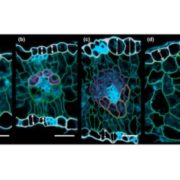
How to make a tumour: cell type specific dissection of Ustilago maydis-induced tumour development in maize leaves
Blog, Plant Science Research Weekly, Research, Research BlogNew. Phytol. Ustilago maydis causes corn smut disease on maize which is characterized by plant cancerous symptoms forming tumours on all aerial parts of host. The fungus deploys organ-specific effector proteins to re-program organ primordia to enormous tumours, however the cellular dissection of these…
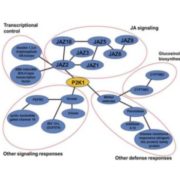
Extracellular ATP acts on jasmonate signaling to reinforce plant defense
Blog, Plant Science Research Weekly, Research, Research BlogPlant Physiol. Extracellular ATP induces plant defense responses but the mechanisms involved are largely unknown. The paper by Tripathi et al. shows how extracellular ATP serves as a danger signal in plant defense and its interaction with the signalling pathways of other stress hormones, e.g. jasmonate…

MicroRNAs from the parasitic plant Cuscuta campestris target host messenger RNAs
Blog, Plant Science Research Weekly, Research, Research BlogNature. Cuscuta sp. commonly known as dodder, is an obligate parasitic plant that colonizes a broad range of host plants and obtain water and nutrients by specialized feeding structure called haustorium. Literature suggests that this specialized structure is involved in bidirectional movement of viruses,…

Spatial and temporal patterns of mass bleaching of corals in the Anthropocene
Blog, Plant Science Research Weekly, Research, Research BlogScience. As our ecosystems are changing rapidly, more studies are needed to document them. One of these important events is “coral bleaching”, a phenomenon that occurs due to environmental stress and when coral hosts lose their algal symbionts or zooxanthellae (Symbiodinium spp.), showing the white…

Genome downsizing, physiological novelty, and the global dominance of flowering plants
Blog, Plant Science Research Weekly, Research, Research BlogPLOS Biol. Guard cell size is, in general, inversely related to stomatal density. It is advantageous for plants to maximize their photosynthetic capabilities by generating higher rates of gas exchange, thereby incorporating more CO2 to help drive this pathway. However, the number of cells that can occupy…
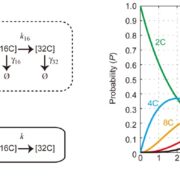
Probing the stochastic property of endoreduplication in cell size determination of Arabidopsis thaliana leaf epidermal tissue
Blog, Plant Science Research Weekly, Research, Research BlogPLOS One. Endoreduplicated cells grow in size as their DNA content increases. The distribution of size was observed to be Poisson. This allowed the authors to create a mathematical model with a single parameter which describes the probability of exiting endoreduplication. The model recovers cell size…
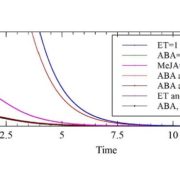
A mathematical model of the interaction of abscisic acid, ethylene and methyl jasmonate on stomatal closure in plants
Blog, Plant Science Research Weekly, Research, Research BlogPLOS One. Plant stomatal opening is controlled by phytohormones, among other factors. This article models the phytohormone signaling response in guard cells using ordinary differential equations (ODEs). Sixteen components in this system were analyzed by constructing 16 different models and determining…
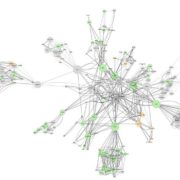
Predicting gene regulatory networks by combining spatial and temporal gene expression data in Arabidopsis root stem cells
Blog, Plant Science Research Weekly, Research, Research BlogProc. Natl. Acad. Sci. USA. GENIST (gene regulatory network inference from spatiotemporal data) is a new algorithm developed by de Luis Balaguer et al to predict new gene interactions and transcriptional regulators (available at https://github.com/madeluis/GENIST). The algorithm combines inference of…
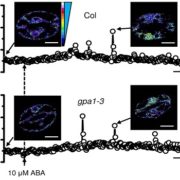
A new discrete dynamic model of ABA-induced stomatal closure predicts key feedback loops
Blog, Plant Science Research Weekly, Research, Research BlogPLOS Biol. This article describes a stochastic mathematical model of the stomatal closure network responding to abscisic acid (ABA). The Boolean network is constructed from a comprehensive literature review of the components’ dependencies. The model’s predictions agree with experimental data 90%…

